Reportar esta entrada
Más sobre la misma comunidad-colección
Sur Calle El Paso Inundada - 1920's
The picture shows South El Paso Street flooded. Kids are playing ...
Dirigible Graf Zeppelin - El Paso, Texas
The airship LZ-127 Graf Zeppelin overflew El Paso in the early ...
La Familia Tschantré (La Esmeralda)
The Tschantré family is standing in front of their store La ...
Aula de Escuela del Sagrado Corazón
The picture shows the girls' class of 1926 at Sacred Heart ...
Sexto a octavo grado de la clase
The picture shows the Sacred Heart class from grades 6 to 8. It ...
City Hall, El Paso, TX 1899-1959
This picture shows the El Paso City Hall during the Second World ...
Edificio Popular Dry Goods (La Popular)
The Popular Dry Goods Building was part of the Popular Dry Goods ...

















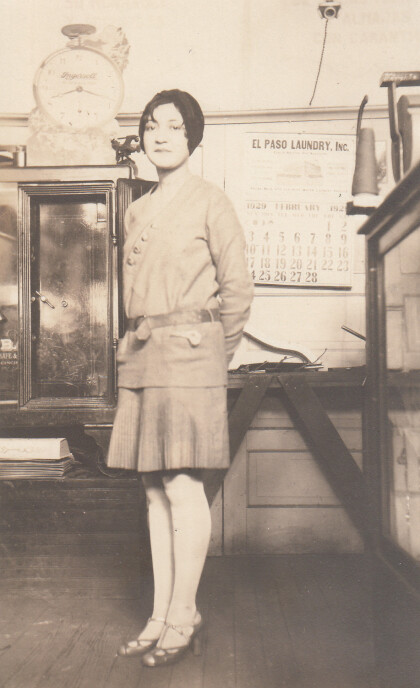
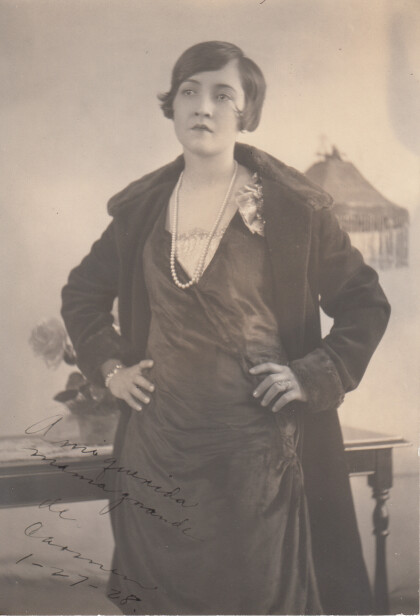
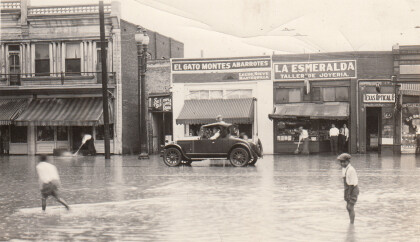
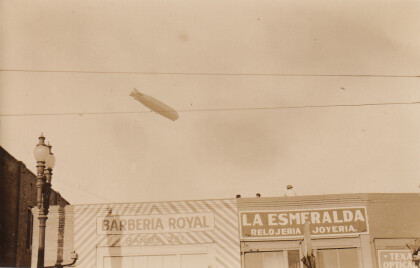
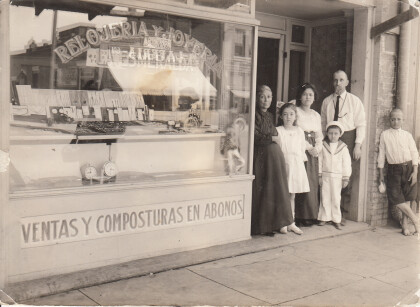
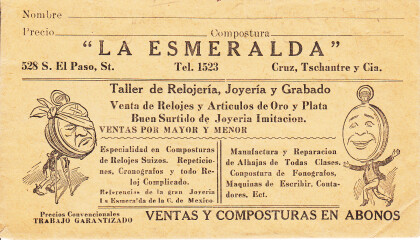
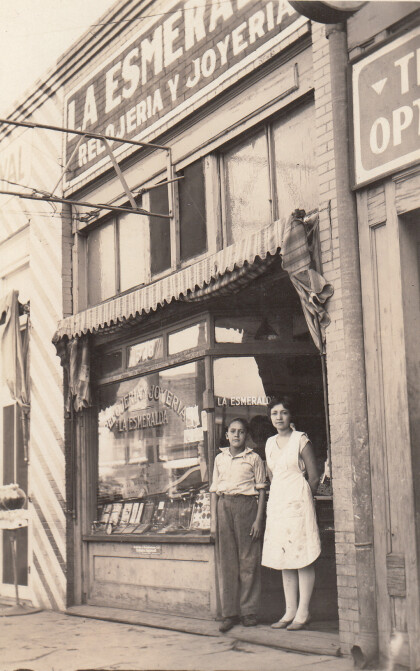
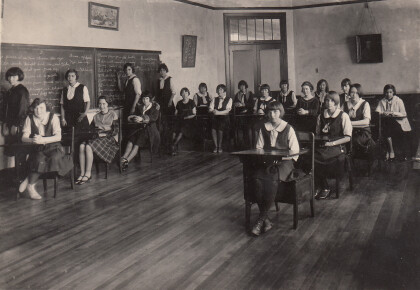
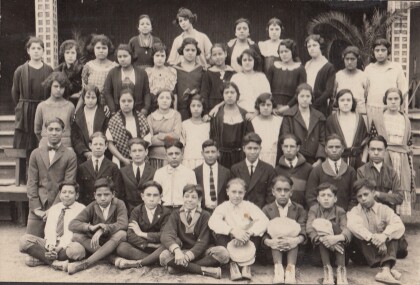
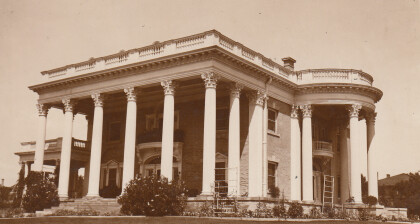
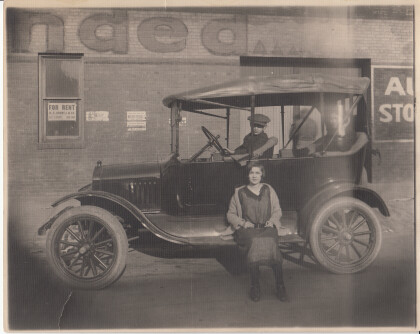
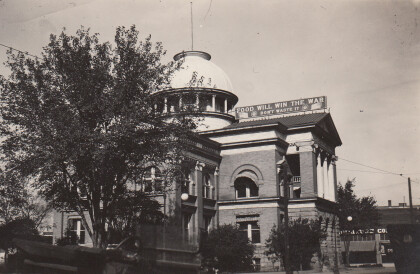
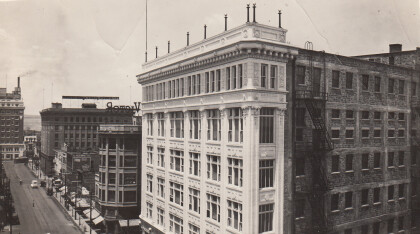
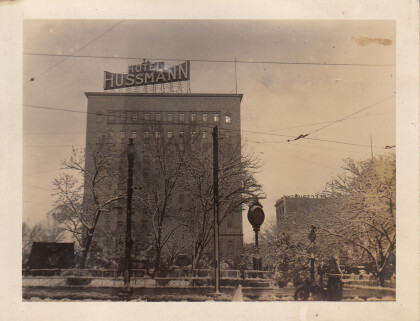
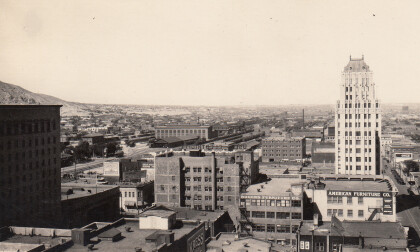
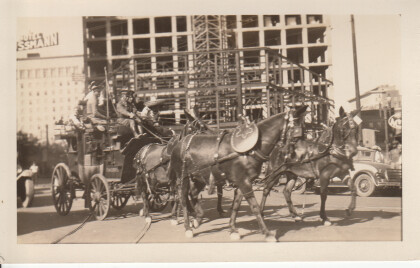
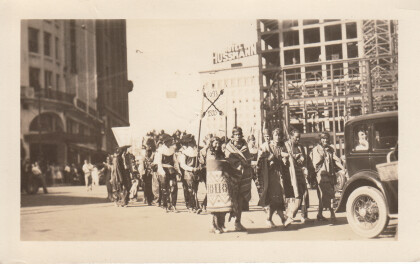
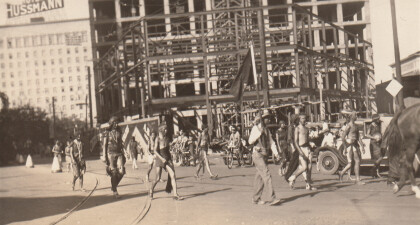
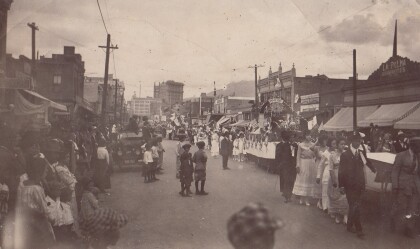
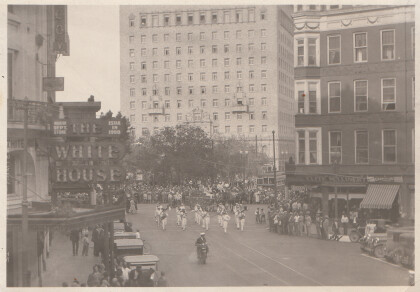
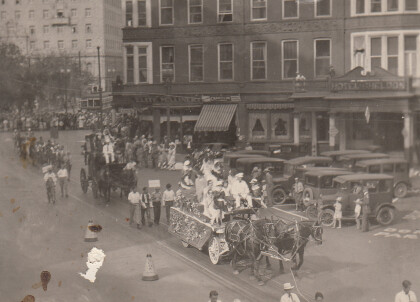
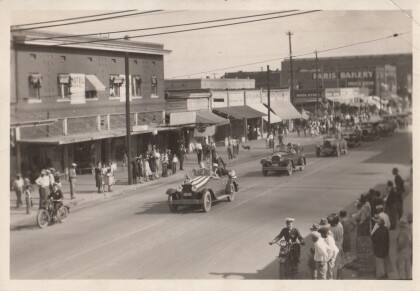
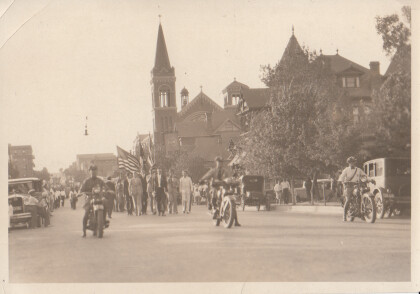
Comentarios
Hacer un comentario